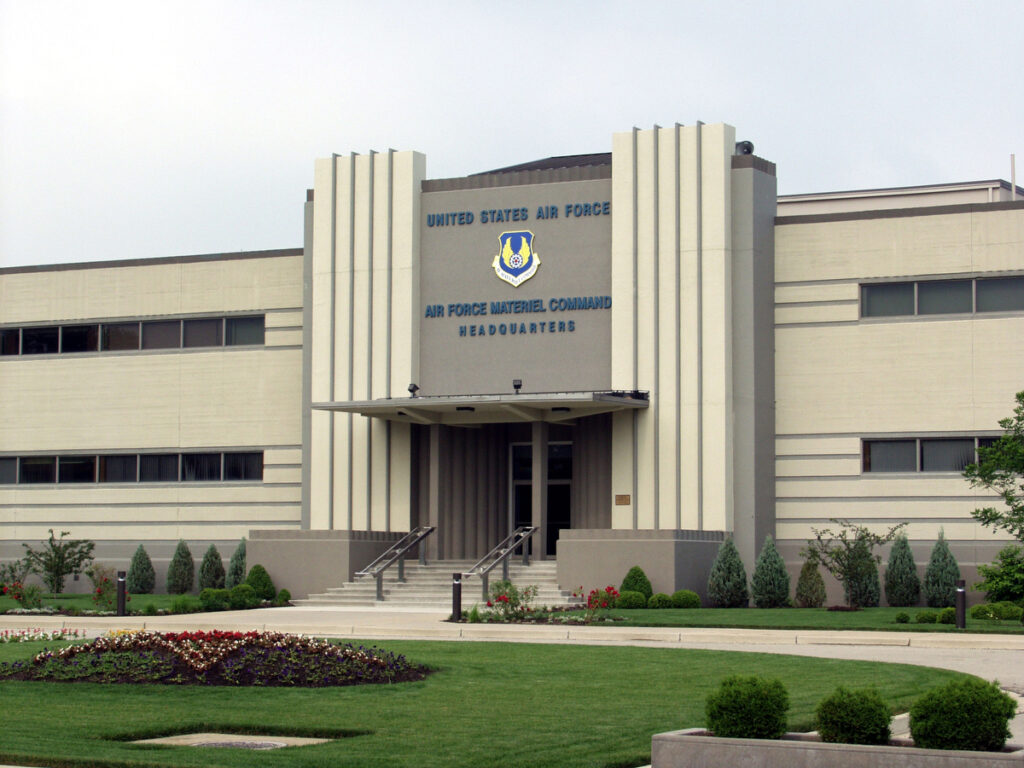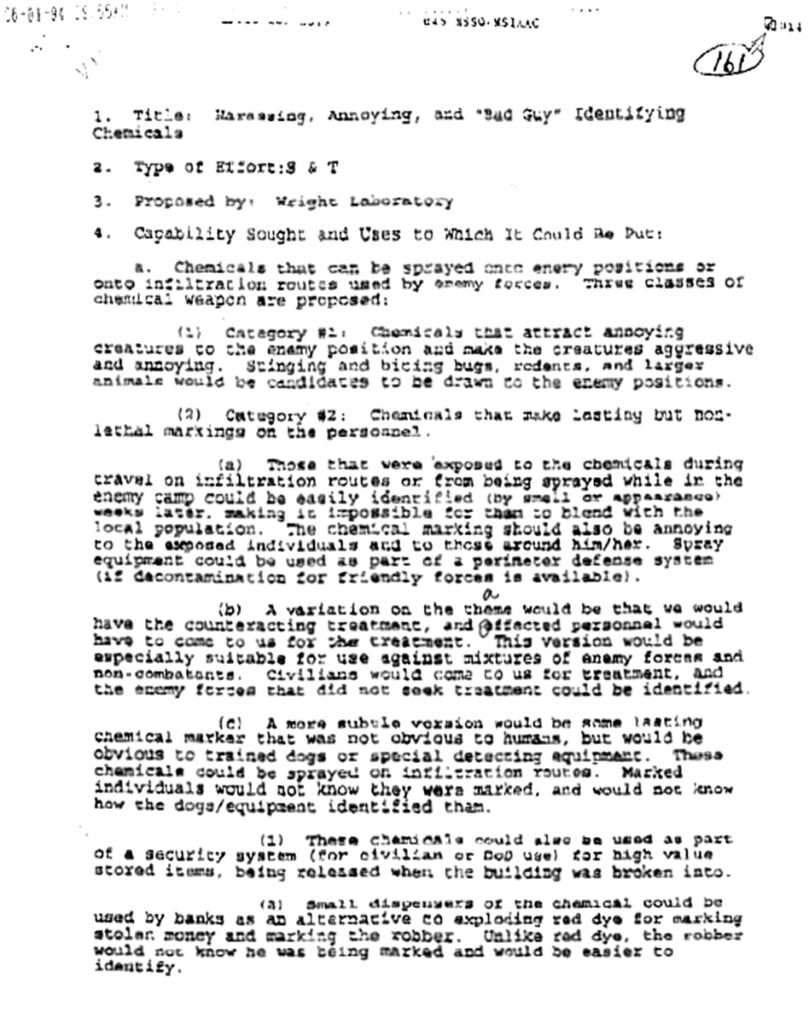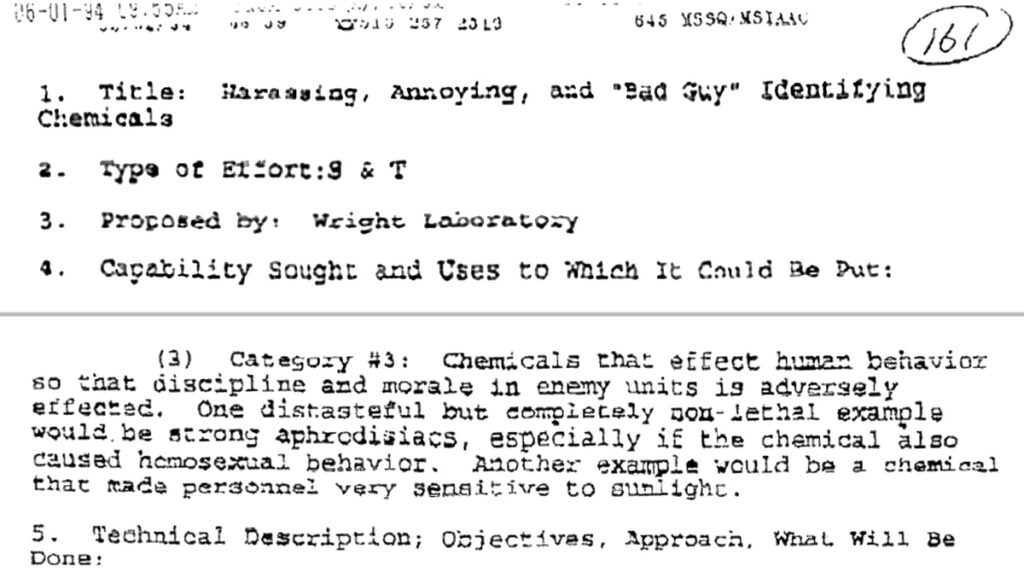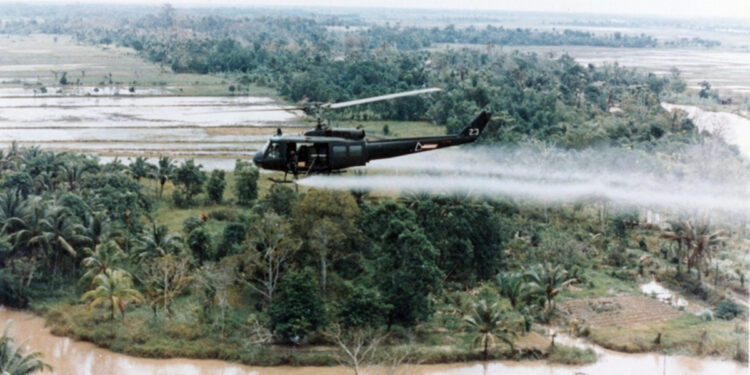By Michael Heidler
War usually means wounding and death of many people. How wonderful it would be if battles could be fought without much bloodshed.
Again and again, scientists conducted research on non-lethal weapons and warfare agents, but none of them could be accepted for use under war conditions. What might have seemed useful in the hands of the police in the fight against individual perpetrators was hardly usable in the fighting at the front. However, the idea of not having to kill the enemy at once is still alive and well and stimulates research and the military to conduct new experiments.
This was the case in 1994, when scientists at Wright Laboratory presented various concepts for non-lethal chemical weapons at the Wright-Patterson Air Force Base near Dayton, Ohio. Wright Laboratory was founded in 1990 as the research and development department of the U.S. Air Force Materiel Command. It was reorganized in 1997 and became part of the existing U.S. Air Force Research Laboratory. By the way, the base is named after the Wright brothers, who had made many of their flight attempts in this area.

In the report “Harassing, Annoying and ‘Bad Guy’ Identifying Chemicals” there are many curious ideas among the suggestions of the laboratory. You might think they were a joke, but it was indeed (non-)deadly serious at the time. So was the “Gay Bomb”, a bomb that was supposed to make the enemy so lustful that they would become homosexual. Even if only for a short time. The scientists relied on the artificial production of body-own substances, which were to be spread by means of airdrops or spray planes and absorbed through the respiratory tract or the skin. The report says: “One distasteful but completely non-lethal example would be strong aphrodisiacs, especially if the chemical also caused homosexual behavior.” The enemy soldiers would thereby be brought into sexual ecstasy with great lust and be incited to sexual acts with each other. The soldiers, who were thus no longer able to fight, would then be easily overpowered without having to kill them. The laboratory had applied for a budget of 7.5 million U.S. dollars for the complete development.

But the hoped-for money blessing did not come to anything. At first the concept did not arouse much enthusiasm and was not pursued further. In 1997, the United States ratified the Chemical Weapons Convention, which prohibits the development, production, possession, transfer, and use of chemical weapons. Thus ended the short history of the Gay Bomb. Today, the documents are no longer classified as secret. After they became known, they certainly caused amusement and in 2007 the concept even received the Ig Nobel Prize, a satirical award to honor scientific achievements that “first make people laugh, then make them think”.

The documents also contain other very special ideas. For example, certain groups of people should be marked with chemicals by spreading them out on marching routes and letting the enemy walk over them unnoticed or by spraying an enemy camp from the air. People marked in this way could then be easily identified during checks. Other chemicals should serve as an attractant for insects. Ideally, naturally stinging and biting flies and beetles, rodents, and even larger animals should be made aggressive and drawn to the enemy positions. The “Halitosis Bomb” was intended to make the bad breath of soldiers unbearable. Or the body odor by the “Heavy Sweating Bomb”. The “Flatulence Bomb” on the other hand was supposed to cause severe discomfort by stench in the air. In one of the released documents there is a rather interesting counter argument. The chemical weapons would certainly not work everywhere, since, ”people in many areas of the world do not find faecal odour offensive since they smell it on a regular basis.”












